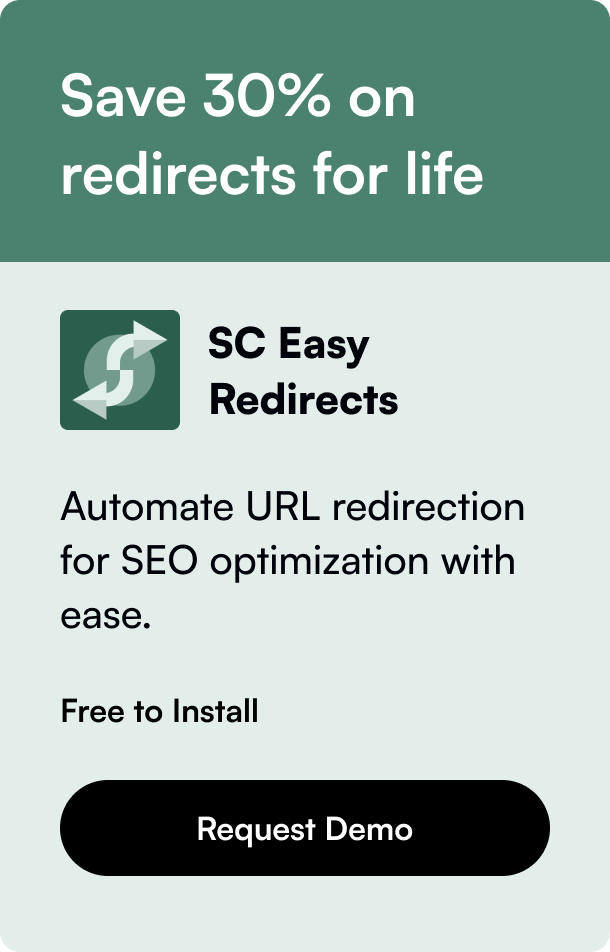Table of Contents
- Introduction
- Understanding 'Out of Stock' Dynamics in Shopify
- The Silver Lining: Leveraging 'Out of Stock' for Customer Engagement
- Handling High Traffic and Inventory Sync
- FAQs: Navigating 'Out of Stock' Scenarios
Navigating the choppy waters of inventory management is a challenge every Shopify store owner knows well. You're balancing the excitement of a product selling out with the disappointment you fear customers might feel when they find their desired item is unavailable. But what if there were a strategy to turn this scenario into an opportunity rather than a setback? Today, we unravel how to adeptly manage out-of-stock situations in your Shopify store, ensuring your business thrives even when shelves are temporarily bare.
Introduction
Have you ever landed on a product page, heart set on making a purchase, only to find the dreaded 'Out of Stock' tag staring back at you? Frustrating, isn't it? Now imagine your customers in the same scenario. The truth is, product availability fluctuates, but your approach to handling these situations can make a world of difference in customer experience and loyalty. The goal? Keep customers engaged and informed, turning a potential loss into future sales. This post delves into effective strategies for managing 'Out of Stock' notifications in Shopify, offering insights that promise to transform challenges into opportunities.
Understanding 'Out of Stock' Dynamics in Shopify
Before we navigate the solutions, let's ground our understanding of how products can become 'Out of Stock' in Shopify. Essentially, this status occurs when inventory levels hit zero. This might be due to high demand outpacing supply, discontinuation, or even logistical delays replenishing stocks. The pivotal question is: post-sellout, how can we maintain customer interest and possibly even secure future sales?
Marking Items as 'Out of Stock'
Shopify simplifies inventory management, including marking items as 'sold out'. This systemic approach ensures your customers are always in the know. But it's not just about showing products as unavailable; it's also about strategically managing this status to foster customer engagement and loyalty.
Steps to Mark Products as 'Sold Out'
- Login to Shopify Dashboard: This is your command center for managing your store.
- Navigate to 'Products': Here you'll find everything you need to manage your inventory.
- Select the 'Sold Out' Product: Choose the product (or variant) you want to update.
- Adjust Inventory to '0': This updates the product status to 'Sold Out'.
- Save Changes: Ensure your inventory accurately reflects product availability.
This process not only updates your stock status but also keeps your customers informed about product availability.
The Silver Lining: Leveraging 'Out of Stock' for Customer Engagement
Having products marked as 'Out of Stock' isn't the end of the story. You can spin this to your advantage in several ways, fostering engagement and securing future sales.
Implementing 'Notify Me' Buttons
When products go out of stock, offer customers the option to be notified when items are back in supply. This not only keeps the communication channels open but also builds a waiting list of interested buyers.
Pre-Orders and Back-in-Stock Notifications
For high-demand items, consider setting up a pre-order system. This allows customers to purchase products ahead of restocking, ensuring they don't miss out. Similarly, back-in-stock notifications are a powerful tool to re-engage customers once their desired products are available again.
Educating Customers Through 'Out of Stock' Pages
Your product pages can serve as more than just sales pitches. When items are out of stock, use the space to engage customers with related content, suggest alternatives, or share the story behind the product's demand. This approach keeps customers on your site longer, potentially discovering new favorites.
Handling High Traffic and Inventory Sync
What happens when you're dealing with a high-traffic product launch or a sale? The 'thundering herd problem', where a rush of customers depletes stock faster than the system can update, can lead to overselling. To mitigate this, ensure your Shopify setup is optimized for real-time inventory updates. Utilizing Shopify's built-in tracking tools or third-party apps can help manage inventory more effectively, even in high-traffic scenarios.
FAQs: Navigating 'Out of Stock' Scenarios
Q: Can I automatically hide out-of-stock products in Shopify? A: Yes, Shopify allows you to automatically or manually hide out-of-stock products, though keeping them visible with a 'Notify Me' option can be more beneficial for customer engagement.
Q: How do back-in-stock notifications work? A: Customers provide their email or phone number to receive an alert when the product is available again. This can be set up through Shopify's Email/SMS notification system or third-party apps.
Q: What's the best way to manage inventory to avoid frequent 'Out of Stock' status? A: Regularly review your sales data to predict demand and plan inventory accordingly. Consider using demand forecasting tools available within Shopify or through third-party applications.
In conclusion, while 'Out of Stock' scenarios are unavoidable, they don't have to be a dead end. With strategic management and the right Shopify tools, you can turn these situations into opportunities for increased customer engagement and future sales. The key is to communicate openly with your customers, offering them alternatives and future possibilities while maintaining interest in your products and brand. Remember, every challenge is an opportunity in disguise.








